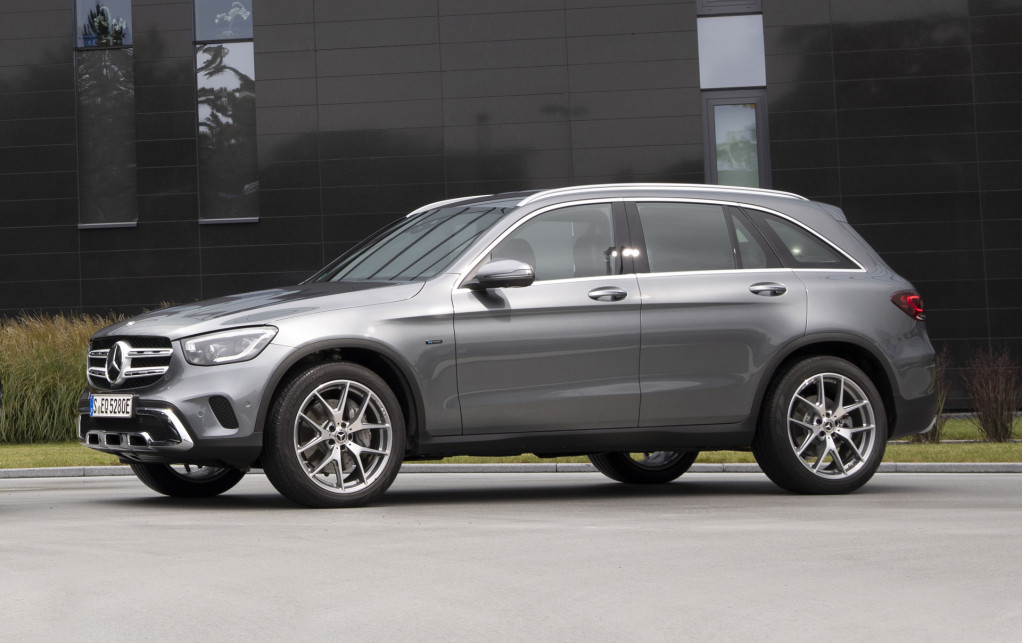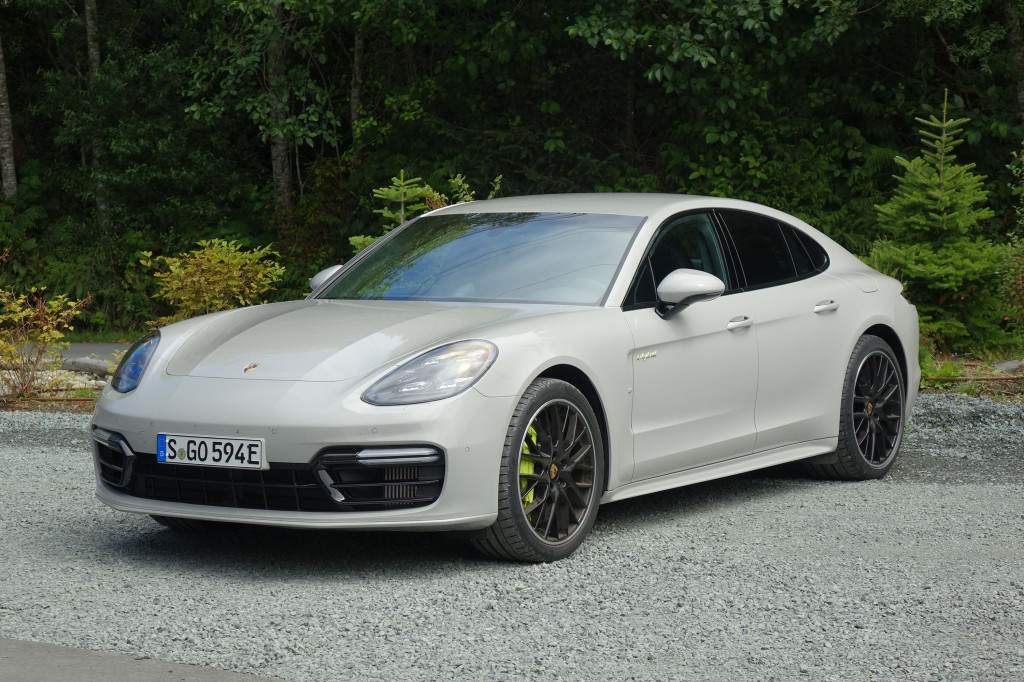Hybrids use some of the hardware from electric cars to provide better efficiency or better performance—and often both.
Plug-in hybrids sound like an easy concept to jump to from there. Simply put, they add plug-in (charging) capability—and usually a much larger battery—to a car that fundamentally can operate as a hybrid.
Here’s where the nuance comes in, and why plug-in hybrids can be confounding to shoppers: Plug-in hybrids can be so many things, with the added battery capacity going more toward performance or range, and the internal combustion engine acting as the primary power or the backup. The systems can trade off power sources after using the plug-in battery charge; they can blend for the best performance; or they can take on completely different characteristics depending on a sometimes confusing array of drive modes.
At their best, plug-in hybrids are cheerleaders and enablers—encouraging commuters to use greener grid energy when they can, for the commute. At their worst, they’re high-priced, misunderstood flagship models wearing their seldom-used charging ports as merit badges of progressive suburban living (or one-upmanship).
Some new-generation plug-in hybrids are aimed for performance over efficiency and still struggle to offer enough miles for even one direction of the average 32-mile American round-trip commute. BMW is the prime example, with several of its latest PHEVs released for 2020 using newly added battery capacity toward acceleration performance rather than higher mpg—and with a relatively small boost to plug-in range.
Is it bait and switch, or are the reasons for creating a plug-in hybrid just quite different for some of these vehicles? We're not going to address whether the dealership stocks them, as that's another question entirely. Keep reading as we check the numbers on 2019 and 2020 models to uncover the five plug-in hybrids with the shortest electric range.

Mercedes-Benz GLC350e
2019 Mercedes-Benz GLC350e 4Matic
EPA electric-only range: 10
EPA-rated mpg: 25
In Mercedes-Benz’s plug-in version of the GLC-Class SUV, 10 miles won’t take you very far—especially once you crank up the climate control—and keeping electric involves driving very, very gently. Mercedes-Benz officials have acknowledged that the range of the current models is lower than they’d hoped, and they’re already looking ahead to a completely new generation of plug-in hybrids that starts with a version of the mid-size GLE SUV due soon. For that vehicle, Mercedes is claiming a 62-mile electric range in Europe’s WLTP cycle, which might amount to 40 miles or more when it reaches the U.S.

2020 Mini Cooper Countryman S E All4
2019 Mini Cooper Countryman S E All4
EPA electric-only range: 12
EPA-rated mpg: 27
The only plug-in hybrid offered by Mini was one of the most disappointing plug-in models on the market—a model for which we wondered multiple times if something was wrong with the battery when it was functioning just as it was supposed to, in providing less than 10 miles of real-world range with gentle driving and the climate control on. While the 2019 is all or mostly gone, 2020 models are on the way—with electric-only range boosted to 18 miles and a better 29 mpg once the charge is gone.

2019 Porsche Cayenne E-Hybrid
2019 Porsche Cayenne e-Hybrid
EPA electric-only range: 13
EPA-rated mpg: 22
If you’re wondering about Porsche’s priorities with its plug-in hybrids, take this in: The fastest Porsche SUV ever is one. Simply put, it wants its plug-in hybrids to offer quicker performance while also returning better fuel-efficiency than its non-hybrids—and all-electric range is just icing on the cake. In the near future, plug-in hybrid models will be at the top of all SUVs and sedans—soon, perhaps, its sports cars, too.

2018 Porsche Panamera Turbo S E-Hybrid
2019 Porsche Panamera Turbo S e-Hybrid
EPA electric-only range: 14
EPA-rated mpg: 20
This isn’t the first generation of Panamera plug-in hybrid, but it offers more power, performance, and efficiency than the previous generation as Porsche works toward making half of all its vehicles plug-in by 2025. In this generation, the hybrid system has become more complex, with the stronger 136-hp electric motor moving inside a new 8-speed dual-clutch transmission. Altogether with the twin-turbo V-8 it makes 680 hp and is the fastest in Porsche’s Panamera lineup. If you’re gentle enough, it will run on electric alone up to 86 mph—but don’t expect at those speeds to get close to the EPA-rated 14 miles on a charge of its 14.1-kwh battery pack. Funny as it is, a mile a kilowatt-hour, anyone?

2020 BMW 745e xDrive iPerformance
2020 BMW 745e xDrive
EPA electric-only range: 16
EPA-rated mpg: 22
A revamped, all-wheel-drive 745e xDrive sedan for 2020 replaces the 740e xDrive. As with several other models that are also part of BMW’s newest plug-in hybrid family, it’s more performance-focused. In hybrid mode mileage goes down significantly—from 27 in the outgoing model to just 22 mpg in the new 2020 745e, although electric-only range goes up by 2 miles. One thing to keep in mind: On the smaller 530e iPerformance, the rear-wheel drive sport sedan that’s one step smaller, BMW is offering inductive (wireless) charging that may encourage you to “plug in” more often.
